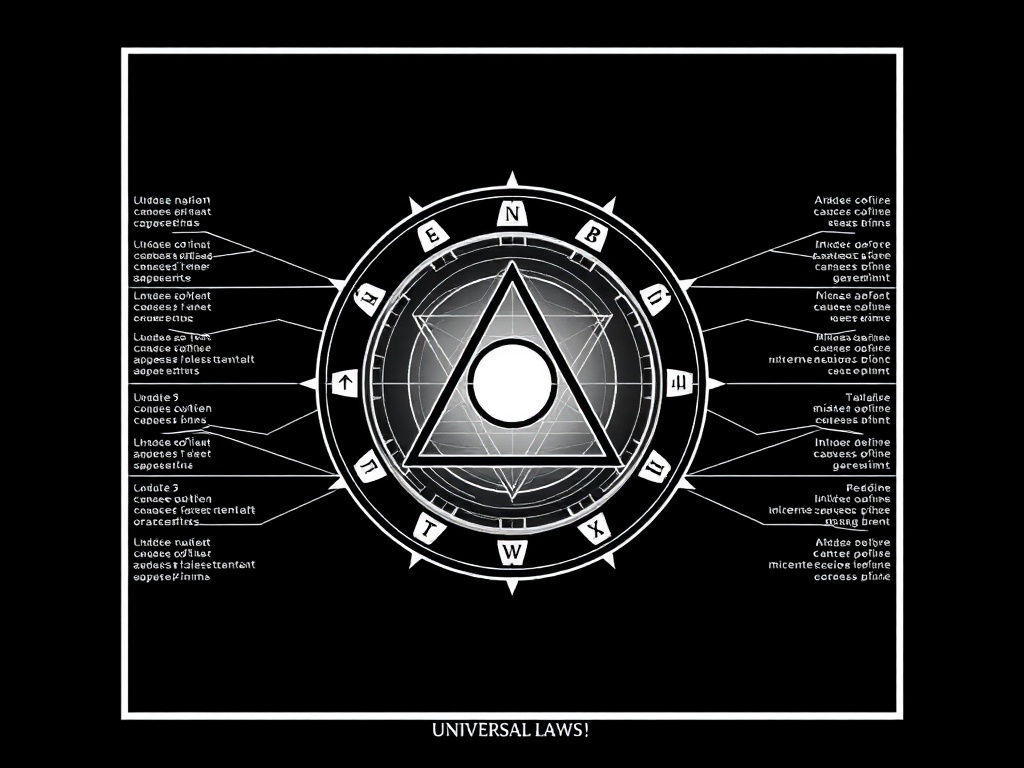Universal Laws describe recurring patterns that govern how energy, action, and consciousness interact.
Whether approached philosophically, spiritually, or practically, they offer a framework for making sense of cause and effect, personal growth, and the rhythms of life.
Here’s a clear, practical guide to the most commonly referenced Universal Laws and how to apply them.
Core Universal Laws and what they mean
– Law of Divine Oneness: Everything is interconnected. Choices ripple outward; relationships, communities, and ecosystems are interdependent.
Recognizing this encourages ethical decision-making and empathy.
– Law of Cause and Effect (Karma): Every action produces a corresponding result. Small consistent actions lead to significant outcomes over time. This law emphasizes responsibility and the power of habits.
– Law of Vibration: Everything moves and emits energy. Thoughts, emotions, and intentions are expressions of vibration. While the language is metaphoric for many, treating emotions and beliefs as energetic clues can guide decision-making and behavior change.
– Law of Attraction: Like attracts like. Focusing attention, belief, and emotion on a desired outcome tends to increase the likelihood of aligned opportunities and actions.
Attraction works best when paired with clear action and realistic planning.
– Law of Correspondence: Patterns repeat—from inner world to outer life. “As within, so without” encourages inner work (thoughts, beliefs, feelings) to transform external circumstances.
– Law of Rhythm: Life moves in cycles—seasons, productivity ebbs and flows, and emotional highs and lows. Recognizing cycles helps with planning, rest, and resilience.
– Law of Polarity: Opposites exist on the same continuum. Understanding a problem’s opposite perspective can reveal solutions and balance.
Practical ways to apply these laws
– Clarify intention: Spend a few minutes daily defining what matters. Clear intentions focus attention and guide action—critical for laws tied to vibration and attraction.
– Align feeling with goal: Notice emotional responses. If emotions contradict objectives, adjust mindset and break goals into small, achievable steps to build confidence and momentum.
– Take consistent action: Attraction without action stalls results.
Create micro-routines that reflect desired outcomes—daily habits compound according to the law of cause and effect.
– Use cycles strategically: Plan intense work during high-energy phases and schedule rest when rhythm calls for it.
This preserves energy and improves long-term output.

– Reframe polarity: When stuck, identify the opposite view or desired outcome. Reframing reduces resistance and reveals practical steps forward.
– Cultivate awareness of impact: Small choices accumulate. Consider social and environmental ripple effects before acting to honor the law of oneness.
Common pitfalls and how to avoid them
– Magical thinking: Believing intention alone guarantees results ignores practical realities. Combine mental alignment with consistent, pragmatic steps.
– Confirmation bias: Selectively noticing coincidences can inflate belief in patterns. Balance intuition with measurable feedback and course-correct when needed.
– Overemphasis on control: Some factors are outside personal control. Focus on influence—thoughts, habits, and responses—rather than trying to control outcomes.
A simple experiment to start
Pick one goal. Spend five minutes each morning visualizing the outcome and writing one small task that day toward that goal.
Track progress weekly.
Observe how internal focus, emotional alignment, and repeated action shift results over time.
Universal Laws provide a timeless lens for understanding how inner states and outer actions interrelate. Used thoughtfully, they sharpen intention, encourage responsibility, and reinforce practices that produce meaningful, sustainable change.